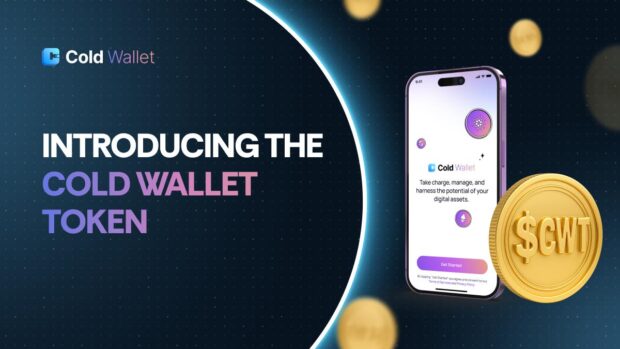
- TRON natively integrated into MetaMask wallet.
- Direct support following Solana, BNB Chains.
- Expected to bridge regional and ecosystem divides.

TRON natively integrates into MetaMask, becoming the third non-Ethereum blockchain supported after Solana and BNB Smart Chain. This enhances multi-chain access for over 100 million users, fostering regional connections and increasing DeFi adoption.
The integration is significant as it enhances cross-chain access for MetaMask users, boosting transaction volume and liquidity on the TRON blockchain.
MetaMask announces the native integration of TRON, marking it as the third non-Ethereum blockchain to receive such support. Justin Sun’s TRON leverages MetaMask’s reach, spanning over 100 million users globally. This partnership aligns with MetaMask’s strategy to expand beyond the Ethereum ecosystem, providing users with more diverse blockchain options. Angel Gonzalez-Capizzi highlighted that TRON’s integration offers a chance to bridge gaps across various regional ecosystems.
“MetaMask’s extensive user base and established reputation make it a vital gateway to decentralized applications.” – Sam Elfarra, Community Spokesperson, TRON DAO
The changes immediately impact TRX, TRON’s native token, which previously saw substantial surges post-integration. Markets anticipate this new access to further stabilize and increase on-chain dollar liquidity, particularly due to TRON’s significant USDT holdings. On a broader scale, this integration means enhanced cross-chain interactions and potentially boosted transactions for MetaMask-associated blockchains. Financial markets are keenly observing these trends as investors adjust to the new capabilities presented by the integration.
Historically, MetaMask’s integrations with Solana and BNB Smart Chain have shown marked increases in token prices and transaction volumes. TRON’s integration is expected to follow this pattern, potentially uplifting DeFi adoption and capital flows across supported chains. Looking ahead, experts predict potential financial shifts due to access improvements, although no direct regulatory guidance has yet been announced regarding this integration. Given the absence of regulatory input, stakeholders may anticipate forthcoming industry standards and compliance measures.













Be the first to leave a comment